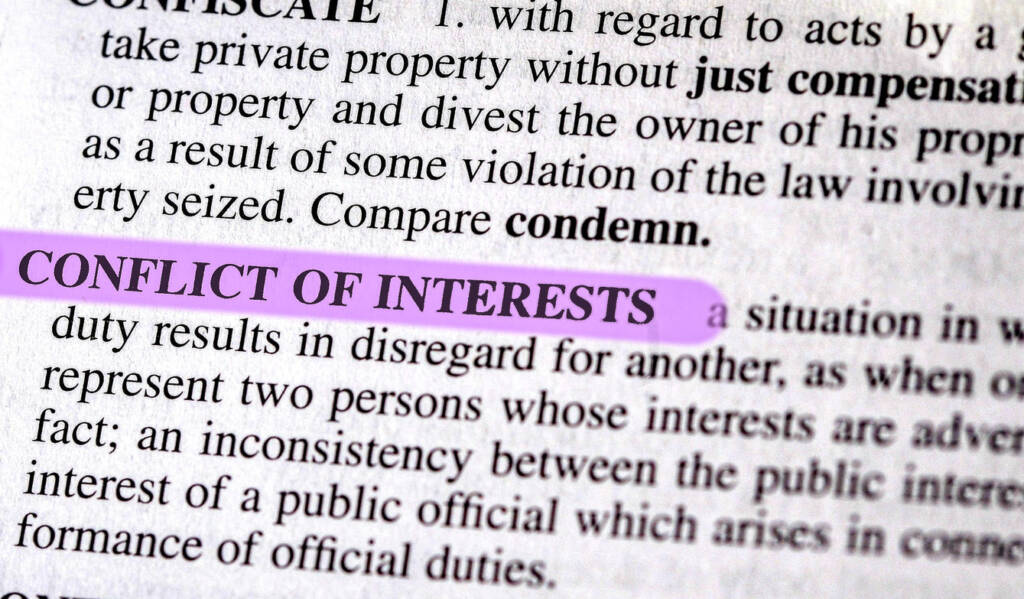How To Future-Proof Your Firm With Compliance Management Software
The pandemic has sped up the rate of digitization for businesses around the world, and the rate of digitization isn’t slowing down. Fortunately, the right software can help compliance teams stay a step ahead. David Rowland, Chief Technology Officer at StarCompliance, explains
COVID-19 and its associated impact on the workforce has sped up the rate of digitization for businesses around the world. For financial firms in particular, pandemic-related workforce disruptions have exposed significant gaps in compliance management frameworks. And the rate of digitization isn’t slowing down. For firms to move confidently and compliantly into the even more digitally demanding business environment of tomorrow, they’ll need to close compliance gaps and future-proof their firms. Fortunately, the right software can help you do this.
COMPLIANCE MANAGEMENT OF THE FUTURE
In the current work landscape, 88% of organizations have transitioned knowledge workers into remote-work environments. Without adequate internal communication or process automation software, these workers’ already crowded email inboxes have filled up with even more items to have to sift through. For many compliance departments, this means that email has been serving as the single source of capturing information and compliance requests. This is no recipe for success. Instead, chief compliance officers should look to compliance management software to automate manual processes and reserve their compliance teams’ time for more high-value, strategic tasks. Following are some of the most important features to look for when considering which compliance automation solution is right for your team.
1. Flexibility & Configuration
Assessing compliance management software might bring to mind a “Goldilocks” situation, i.e., not too hot, not too cold. Except in this case, the solution must be structured such that it’s effective enough but flexible enough so compliance teams can use it to meet a company’s specific needs. With all the financial services regulations in place today, many guidelines still leave room for interpretation from each organization. For example, firms must carry out employee trade surveillance, but the specific rules they implement to do that task may differ.
It’s important, then, that risk management software works with each organization’s own interpretation of the relevant rule or regulation. If it doesn’t, you’ll likely start bolting manual processes on top of the software to compensate. This can increase the likelihood of regulatory violations as the extra layers make it easier for things to fall through the cracks.
2. A Consolidated View Of Compliance Information
What many firms lack is a cohesive solution around all the different aspects of employee risk management they want and need to track. Without this, it’s easy to spend too much time, energy, and resources just staying organized rather than actually staying compliant. As such, it’s critically important to create a one-stop-shop compliance management environment for compliance teams and employees.
There should be one central location where users can view all compliance-related tasks, documents, and resources. At this location, they should also be able to find whatever compliance content they’re seeking: whether it’s information on gift approvals, trade notices, or certifications.
3. Motivational Techniques To Facilitate Adoption
Don’t overlook the importance of usability in your compliance automation solution. How easy the software is for your teams to learn and use is a vital aspect of its success, both when it comes to onboarding new employees and keeping more tenured ones engaged. Solutions that involve an aspect of “gamification” can help.
Gamification gives users a sense of control, which serves as motivation to do better. It’s human nature that when our actions are scored, most of us will want to figure out how to do better: whether it’s by adhering to compliance approval processes or submitting disclosures on time each year. It’s also important to make compliance as easy and frictionless as possible. Software that is relevant to the individual using it will reduce friction, so the right compliance tool allows for a more customized end-user experience.
For example, with a configurable compliance tool, each employee can view the software in their preferred language or currency. Compliance can configure certifications and attestations so that employees only see questions relevant to their role. Each small configuration can have a big impact on reducing friction and saving employees time. An increasingly digitized landscape with no signs of slowing down will continue to create new risk management challenges for financial services. Fortunately, the right software can help firms close their compliance gaps.
Compliance Platform Buyer’s Checklist

{



